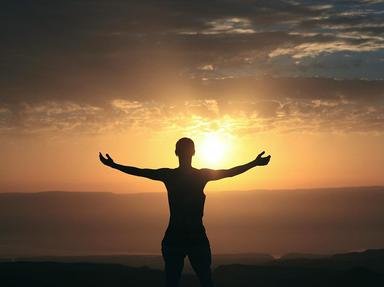
What's Your Calling: Religious Symbols 2 Quiz
Throughout the centuries, as different religious have developed, iconic symbols have been used to depict either the entire religion or a central belief. See if you can match the symbol with the religion it represents - again!
A matching quiz
by ponycargirl.
Estimated time: 3 mins.